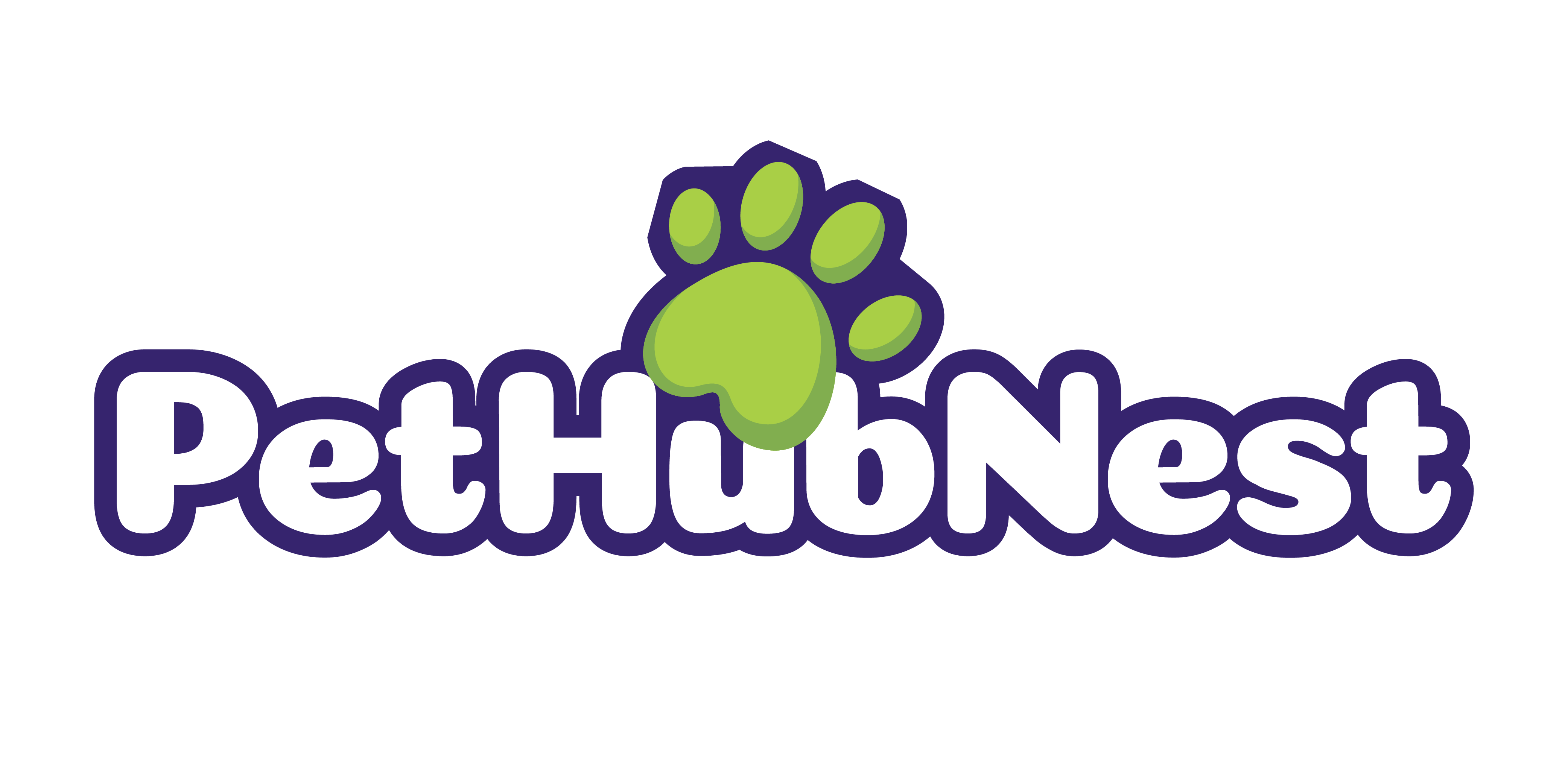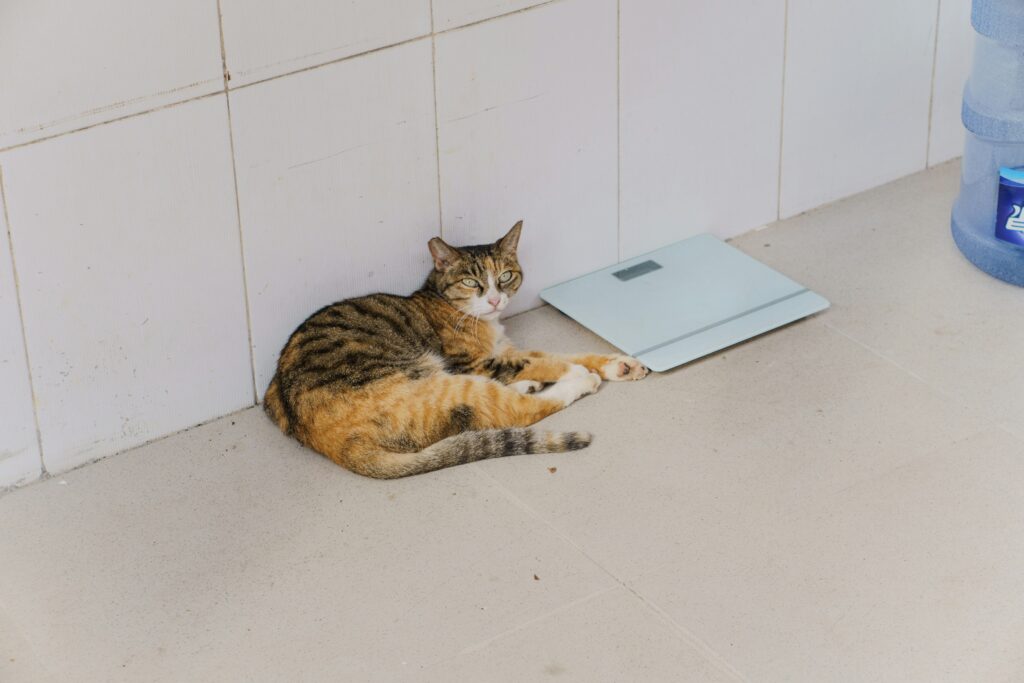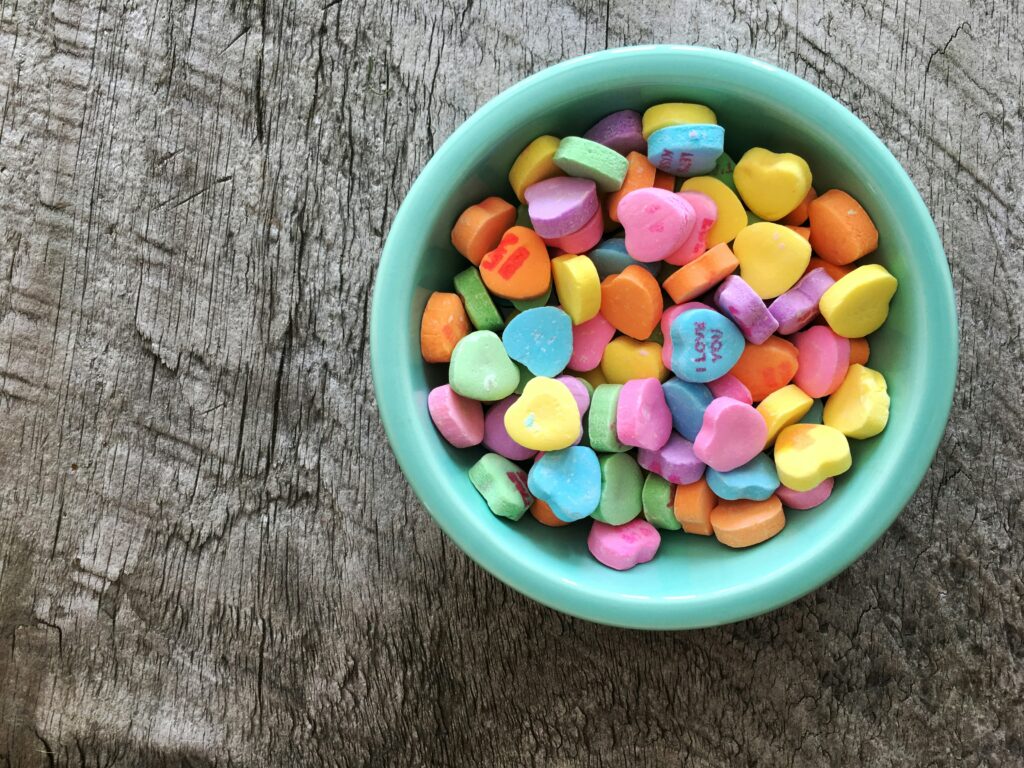Why Nutrition Matters More Than Ever
A well-balanced diet isn’t just about satisfying your pet’s hunger—it’s about ensuring a longer, healthier, and more vibrant life. The quality and consistency of your pet’s nutrition play a vital role in their physical health, behavior, and longevity.
Diet and Lifespan: The Long-Term Impact
Proper nutrition has been directly linked to improving your pet’s lifespan. Pets that receive a diet tailored to their needs are less likely to suffer from chronic conditions and more likely to enjoy an active life well into their senior years.
- Research shows pets on balanced diets often live longer
- Risk of age-related illnesses decreases with proper feeding
- Good nutrition supports organ health and mobility over time
Health Risks from Poor Nutrition
When pets don’t get the nutrients they need—or consume excessive fillers and unhealthy ingredients—it can lead to a wide range of preventable issues.
Common health problems linked to poor diets include:
- Obesity and joint problems
- Heart disease
- Diabetes and blood sugar imbalances
- Skin allergies and dull coat
- Digestive upset and nutrient malabsorption
Feeding for Total Wellness
Beyond preventing disease, the right diet fuels your pet’s daily energy needs and supports key systems like immunity and metabolism.
Elements of a wellness-focused feeding approach:
- Energy: Proper caloric intake supports activity and stamina
- Immunity: Nutrients like zinc, omega-3s, and antioxidants help fight illness
- Well-being: Balanced meals contribute to mental clarity, reduced anxiety, and a shiny, healthy coat
Your pet’s food is more than a daily task—it’s foundational care that shapes every stage of their life.
Understanding Your Pet’s Dietary Needs
Not all pets eat the same way—or should. Dogs, cats, and other companion animals come with different dietary blueprints, and understanding those differences is the first step toward feeding them well. Dogs are omnivores, built to handle a wide range of foods, while cats are obligate carnivores. That means felines need significantly more animal protein in their diet and can’t thrive on plant-based fillers. Small animals like rabbits or guinea pigs have their own rules, often needing high-fiber diets and constant access to hay just to keep their digestive systems running.
Beyond species, life stage matters. Puppies and kittens burn fuel fast—they need high-calorie, nutrient-rich food to grow. Adults require steady, balanced nutrition to maintain weight and energy, and seniors usually benefit from easy-to-digest proteins and support for joints and organs that slow down with age. Feeding a senior pet the same way you did when they were young? Not a great idea.
Then there are the wild cards: an active border collie needs far more calories than a couch-loving pug. A Maine Coon cat will out-eat a tiny Siamese. And pets with medical issues—like kidney disease, diabetes, or allergies—often need specialized foods or ingredient restrictions. One-size-fits-all feeding usually ends up helping no one. Tailoring a diet to your pet’s species, age, activity level, size, and medical needs isn’t extra credit—it’s the baseline for a healthy life.
What Makes a Diet “Balanced”?
A balanced diet for pets isn’t just about calories—it’s about providing the right combination of essential nutrients to support your pet’s growth, energy levels, immune function, and lifespan. Understanding what goes into a well-rounded meal will help you make better food choices for your pet.
Key Macronutrients
Your pet’s food should include the right balance of macronutrients to fuel daily activity and maintain bodily functions.
- Protein
- Essential for muscle maintenance and growth
- Especially critical for active pets and growing puppies or kittens
- Quality matters—look for named meat sources like “chicken” or “salmon”
- Fats
- Provide energy and support skin, coat, and brain health
- Important sources include animal fat, fish oil, and flaxseed
- Carbohydrates
- Offer a quick energy source and help with digestion via fiber
- Not all pets need high carbohydrate content; balance is key
Crucial Micronutrients
Micronutrients help regulate essential bodily processes and prevent nutrient deficiencies.
- Vitamins
- Aid in immunity, bone health, and skin function
- Key vitamins include A, D, E, and the B-complex group
- Minerals
- Support bone strength, nerve function, and hydration
- Look for sources of calcium, phosphorus, zinc, and magnesium
- Essential Fatty Acids
- Omega-3 and Omega-6 promote heart, joint, and skin health
- Often sourced from fish oil, flaxseed, or sunflower oil
How to Spot a Balanced Pet Food
Not all pet foods are created equal. Here’s how to determine whether a product meets your pet’s nutritional needs:
- Check for an AAFCO statement (in the U.S.) indicating the food meets minimum nutritional standards
- Scan the ingredient list for whole, named protein sources at the top
- Avoid vague or generic terms like “animal by-product” or “meat meal”
- Ensure the food is designed for your pet’s specific life stage (e.g., puppy, adult, senior)
Balanced nutrition is the foundation of your pet’s health. By understanding what makes a diet complete and checking the label carefully, you’re taking a big step toward giving your furry friend a long, healthy life.
Choosing the Right Pet Food
When it comes to feeding your pet, one size definitely doesn’t fit all. There’s no shortage of options—kibble, canned, raw, homemade—and each has its own ups and downs. The trick is understanding what works best for your pet’s body, your lifestyle, and your budget.
Kibble is convenient and shelf-stable. It’s easy to store, easy to portion, and often the most affordable. But it’s also highly processed, and the nutritional quality varies a lot between brands. Canned food usually has more protein and moisture than dry, making it a better fit for pets who need help staying hydrated. Downsides? It’s pricier, and once opened, it doesn’t keep long.
Raw diets aim to mimic what wild animals eat—uncooked meat, organs, bones. Fans claim glossier coats and better digestion. Critics point to contamination risks, nutrient imbalance, and the prep hassle. Homemade diets offer total control over ingredients, but they require serious research or guidance from a vet to make them truly balanced. “Just chicken and rice” isn’t going to cut it long-term.
Then there are the labels that confuse more than they inform. “Grain-free” isn’t automatically better—some pets thrive on grains. “Organic” refers to ingredient sourcing, not overall nutritional value. And “limited ingredient” foods are designed for pets with allergies or sensitivities, but don’t assume they’re cleaner or healthier across the board.
Bottom line: pick what fits your pet and your routine, but don’t fall for buzzwords. Ingredients matter, but context matters more. If you need help deciphering the marketing from the science, start here: Understanding Pet Food Labels, Ingredients, and Nutrients.
What to Avoid in Your Pet’s Diet
Not everything marketed as ‘healthy’ or ‘natural’ is safe or smart for your pet. The first line of defense? Knowing what to leave out of the bowl.
Common allergens like corn, wheat, soy, and dairy show up a lot in low-quality pet foods. Some pets may tolerate these fine, but others develop skin issues, digestive trouble, or chronic inflammation. Fillers like meat by-product meal or vague labels like “animal digest” are another red flag—they’re cheap protein sources with unclear origins.
Then there’s the stuff that’s flat-out dangerous. Chocolate, onions, garlic, grapes, raisins, and xylitol (a sweetener) are all toxic to pets—even in small amounts. Never assume that what’s good for you is safe for your cat or dog.
Watch the ingredient list like a hawk. Long, unpronounceable chemical names aren’t always bad, but vague phrases like “flavoring,” “color added,” or “preserved with BHA/BHT” can point to lower quality or artificial additives. The higher quality foods are transparent, specific, and based on animal needs—not trends.
Finally, don’t let buzzwords do the thinking for you. “Grain-free” doesn’t always mean better, especially since some grain alternatives have been linked to heart conditions in dogs. Same with “premium” or “holistic” labels—they’re not regulated, and often mean little. Look for science-backed formulations, preferably ones that meet AAFCO guidelines and full nutrient profiles—not just a shiny label.
Supplements: Necessary or Not?
Supplements aren’t magic fixes, but they can pull their weight in a smart feeding plan—especially when diet alone doesn’t cut it. If your pet has joint issues, skin conditions, digestive trouble, or age-related wear and tear, supplementation might make sense. The key is to treat them as just that: supplements, not substitutes.
Some of the usual suspects? Omega-3s to help reduce inflammation and boost skin and coat health. Probiotics for gut balance, especially after a round of meds or digestive upset. And glucosamine-based joint support, which can help older pets stay mobile a little longer without jumping straight to pharmaceuticals.
That said, don’t guess. Not every pet needs extra powder in their bowl. Over-supplementing can cause more harm than good. Talk to your vet before shelling out for the trendy stuff or cobbling together a homemade regimen. Pets need precision more than overkill, and your vet knows your animal’s baseline.
Keep it simple, keep it targeted, and always choose quality over hype.
Feeding Tips for Everyday Life
How Much to Feed and How Often
Every pet has different dietary needs based on species, age, size, and activity level. Feeding the right amount is crucial to maintaining a healthy weight and supporting overall wellness.
- Follow feeding guidelines on packaging, but treat them as a starting point—not a rule
- Adjust portions based on your pet’s metabolism, health status, and lifestyle
- Puppies and kittens usually need 3–4 smaller meals daily, while adult pets often thrive on 2 meals
Portion Control and Feeding Schedules
Consistent schedules and appropriate portions help regulate digestion, manage energy, and reduce unwanted behaviors like food guarding or begging.
- Use a measuring cup or scale to avoid overfeeding
- Create a daily meal routine to support your pet’s natural rhythm
- Watch for signs of overfeeding: weight gain, lethargy, or digestive issues
Transitioning Diets Safely
Changing a pet’s food suddenly can lead to upset stomachs or refusal to eat. Whether switching brands or moving to a new type of food (like raw or grain-free), a gradual approach is best.
- Take 7–10 days to slowly mix new food with the old
- Increase the new food ratio every few days
- Monitor your pet for signs of discomfort: vomiting, diarrhea, or noticeable changes in behavior
- Keep fresh water available at all times to support digestion
A smooth dietary transition not only supports your pet’s health but also helps them enjoy their meals—an essential part of a happy life.
Closing Thoughts: Fueling a Healthy Life
Food as Foundational Care
A balanced diet isn’t just about keeping your pet full—it’s one of the most essential pillars of preventive health. What your pet eats every day directly affects their energy levels, immune function, weight management, and long-term vitality.
- Nutrition impacts everything from coat condition to joint health
- Good food choices can reduce the risk of chronic diseases
- Feeding well is a form of love and responsible pet ownership
Build a Lifelong Wellness Plan with Your Vet
Nutrition should never be a guessing game. Your veterinarian is your best partner in ensuring your pet’s diet supports their specific health needs—from puppyhood to their senior years.
- Schedule regular check-ins to discuss changing dietary needs
- Ask about weight goals, special medical conditions, and supplement guidance
- Update your plan as your pet ages or their lifestyle changes
Nutrition as a Daily Practice
Feeding responsibly isn’t a one-time decision—it’s an ongoing commitment. Make nutrition part of your daily care routine by staying intentional and informed.
- Read labels and be discerning about product claims
- Feed consistently using portion control and a set schedule
- Keep up with trusted sources for new research and updates
Feeding your pet is more than a daily task—it’s an act of care, consistency, and love. When you prioritize nutrition, you’re giving your furry friend the best chance at a happy, healthy life.


 Annelina Pierceric is a dedicated author at pethubnest She shares practical insights on pet care, exploring new ways technology can support healthier and happier lives for pets.
Annelina Pierceric is a dedicated author at pethubnest She shares practical insights on pet care, exploring new ways technology can support healthier and happier lives for pets.


